
It’s remarkable in a country full of old stuff, like Jordan, to think how recently so much of it has been discovered. Since the re-discovery of Petra two hundred years ago, exploration of archeological sites continues today. And now The Jordan Museum, just opened in 2013, offers fresh new interpretations of major discoveries and research related to Jordan’s history and culture.
With some 200,000 archeological sites in Jordan, this Middle East country might overwhelm even the most studious visitors. Besides sites like the ancient cities of Petra and Jerash, and artifacts such as the Dead Sea Scrolls, Jordan's location on the great early trade routes offers infinite study. Visitors will wish they’d started their travels through Jordan right here at The Jordan Museum to get a jump start on comprehending the country’s immense story.
The Jordan Museum building, designed by the Jordanian architect Jafaar Tukan, is a pleasant and accessible example of the architect’s functional style. (Architecture fans will be interested in reading up on Tukan, who just passed away in 2014.) The exterior is deceivingly simple, and the entry area is sparse, showcasing a section of mosaic along with big color portraits of contemporary Bedouin people. The mission of connecting past and present is established quickly.
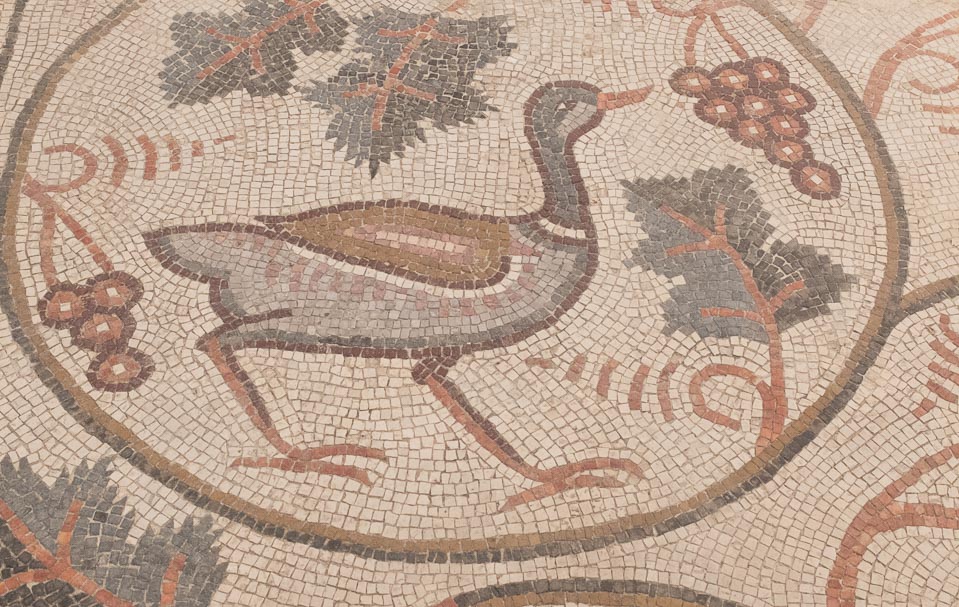
The mosaic floor section (pictured here) was excavated from a mid 6th Century church, “Qam,” in northern Jordan near Irbid. Like the spectacular Byzantine mosaics from Madaba, it's a fitting centerpiece in the entry hall, representing the Museum’s principles of cooperation and education. Just a fraction of the entire mosaic is displayed. More is being recovered and preserved. (Jordan is a world center of mosaic conservation, supported in part by US Aid and Jordan's Tourism Development Project.) The mosaic is also interesting because, like all the Museum’s 2,000 displayed artifacts, it’s on loan from Jordan’s Department of Antiquities. In this way, the Jordan Museum concentrates on presentation and storytelling, allowing it to cooperate with the Department of Antiquities on conservation, storage and education.
A visit to the museum, then, is not so much an encounter with a surfeit of artifacts, as it can be with other overwhelming collections, but a walk through the story of Jordan’s history.
We were lucky to tour the galleries with Curator Yosha Alamri, who shared a wealth of information about the Museum as we strolled through and listened. The main galleries are arranged chronologically, of course, covering Paleolithic times to present. But the Museum also offers interludes that are more thematically arranged, and are welcome breaks from the chronological story.
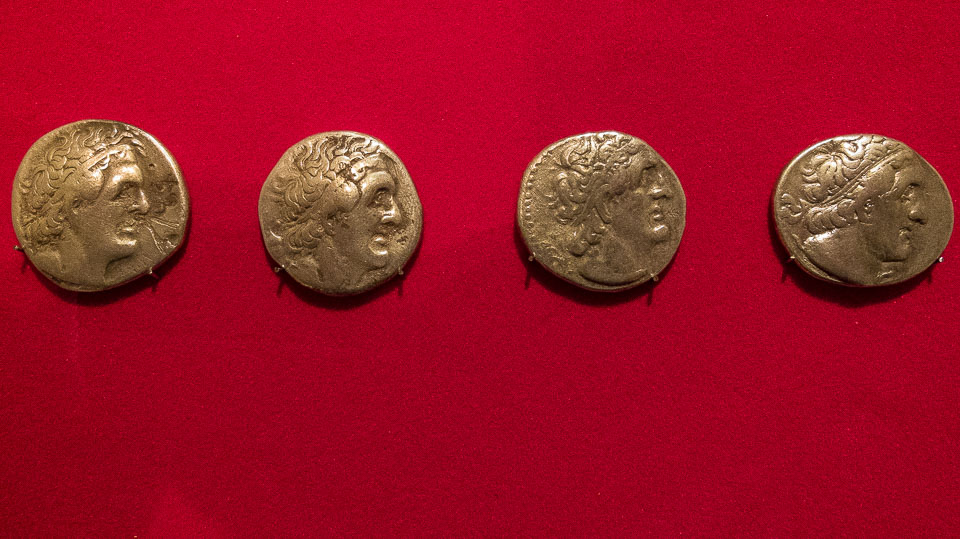
The progression is from nomadic to settled people, from independent communities to settlements engaged in trade. Along the way, displays showcase changing diets, changing use of natural resources, and developments in everything from household goods to art, language, and religion.
This chronological flow is clear in the grand scheme as well as in the details: from the Paleolithic Ages (stone tools), to the Bronze and Iron Ages (forged tools), to the Classical and Late Antiquities (named for leaders or groups of people). We particularly enjoyed talking to Alamri, whose background is in metallurgy, about the abilities of Chalcolithic people to control heat and oxygen to extract and forge metals at the proper temperatures.
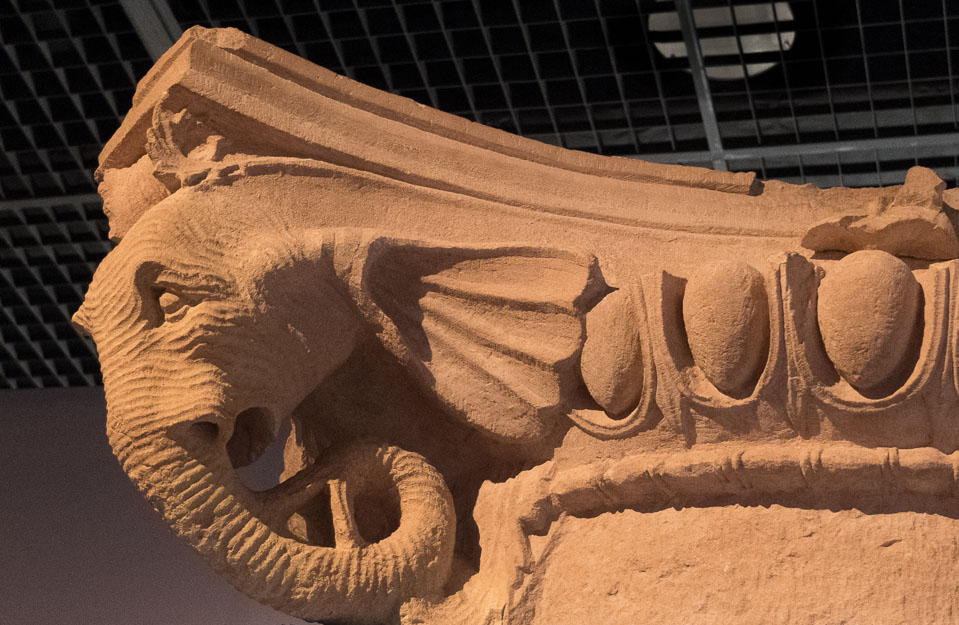
The staff acknowledges the ‘all-ages’ approach to the thematic, more interactive areas, but there’s no condescension in that. These “One-to-One Theaters” give context to the exhibits and can play with themes across various time periods. These are devoted to archeology, mining, nomadism, and language, among others. The language and writing area caught our interest. It includes a station to print out your name in Aramaic, Nabataean, Greek and Arabic. It also includes a display of dozens of newspaper front pages, all published the same day, to emphasize how varied the coverage of the same events can be from different angles and voices. It’s a nice moment of self deprecation in a museum that acknowledges it is trying to convey history through substantial (educated) guesswork. Another interactive display reveals some of the clues archeologists use to date their finds, by inviting visitors to touch pottery fragments.
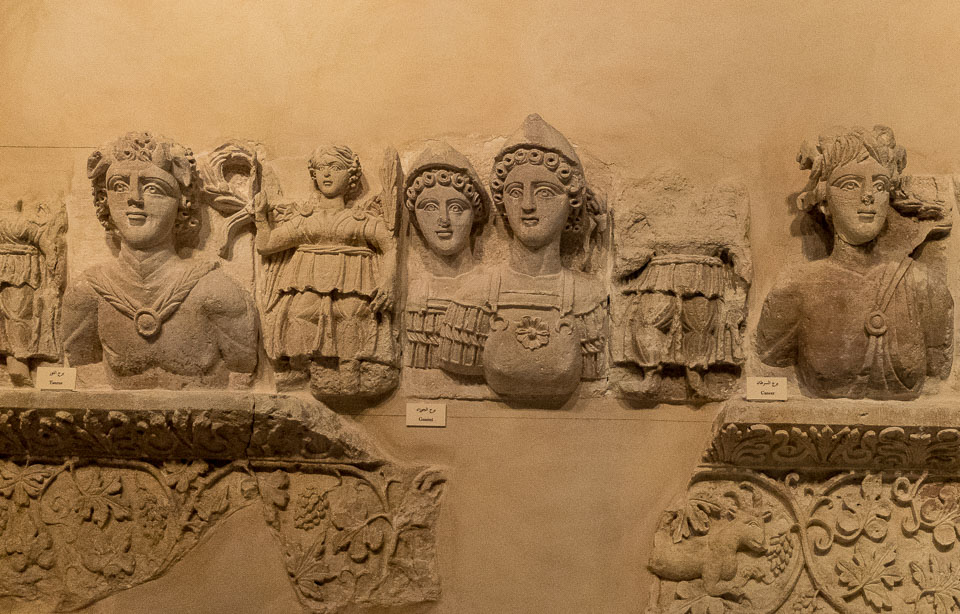
Some of the particular treasures on display include the only Dead Sea Scrolls on copper and leather. (Papyrus scrolls were divided between Israel and Jordan for display.) The first known statues representing humans are here. And we were impressed with ancient texts, the Meshe Stele (840 BC), an etched bottle naming Ammonite kings, and an ivory container with Egyptian influence–all of which are brilliantly displayed for complete and uncrowded viewing.
A temporary (though long term) exhibit on Petra really surprised us. Even though we’d spent a day and a half in the ancient Petra city (now a UNESCO World Heritage Site), we had no idea of its size and wealth. The Nabataeans (I knew nothing about this civilization before visiting Jordan) inhabited the site in southern Jordan from around 400 BC until the Romans took it in 60 AD.
Still to come in the Jordan Museum are the Islamic History galleries which will open at an unspecific future date. The Living History and temporary exhibits will continue to develop, so we’ve promised ourselves to return. In conversation with the Museum’s Director General, Ihab Amarin, and staff, it’s apparent their hard work, curiosity, and humor will keep the Jordan Museum at the forefront of cultural institutions.
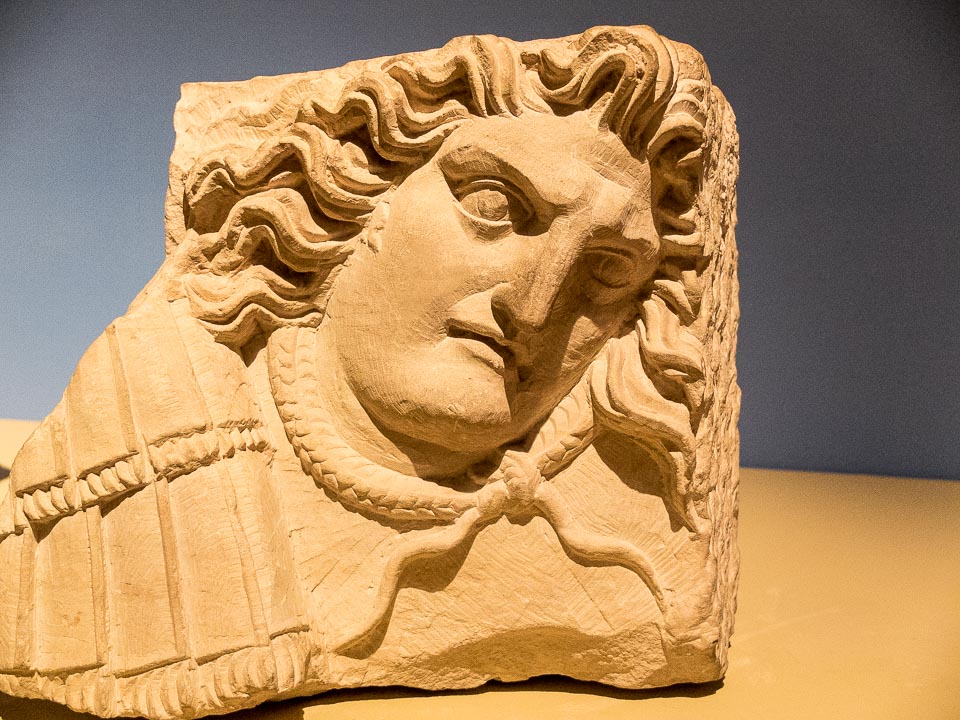
.

I will have to go back to visit this museum. I’m glad to hear you say it has a good flow. There’s nothing more frustrating then missing something, because of the “flow”. I love a new museum.
Flow was part of it, Corinne. What really impressed me was that the museum didn’t overwhelm. Great selectivity (haha, I guess they call that curating) to cover so much history without over doing it.